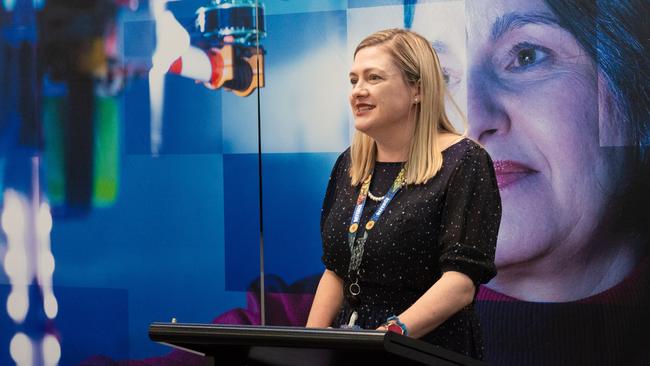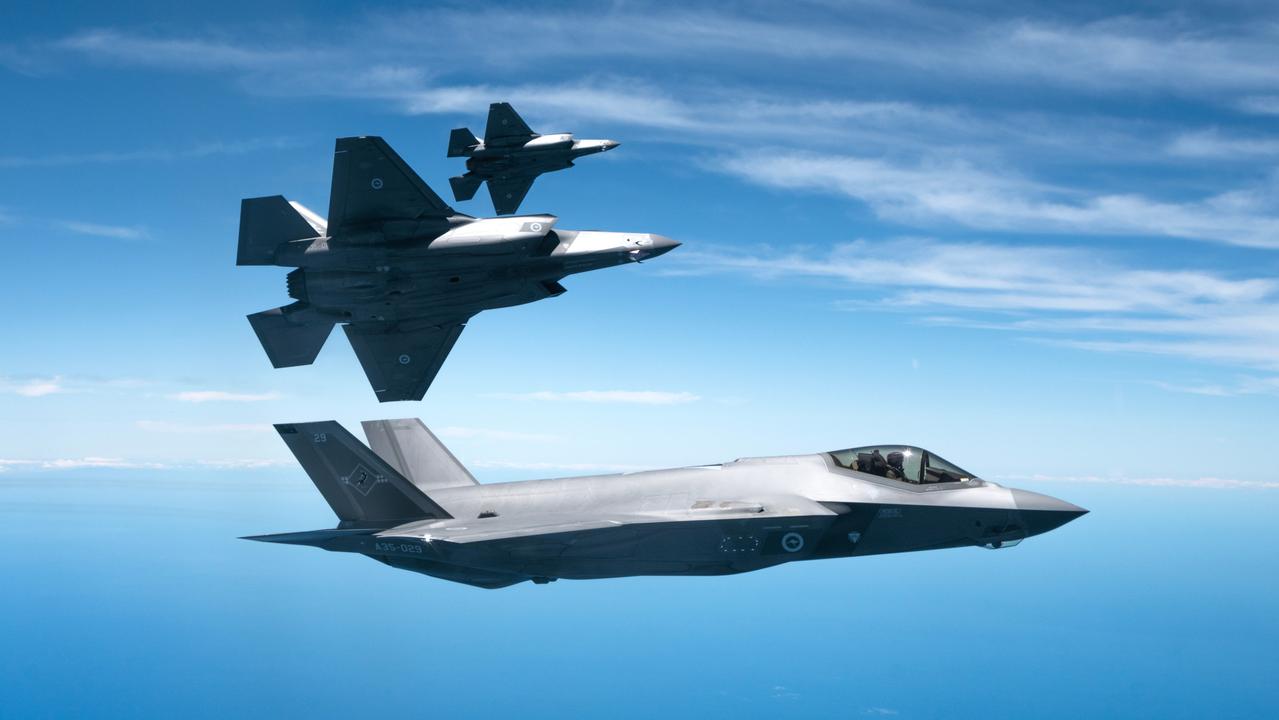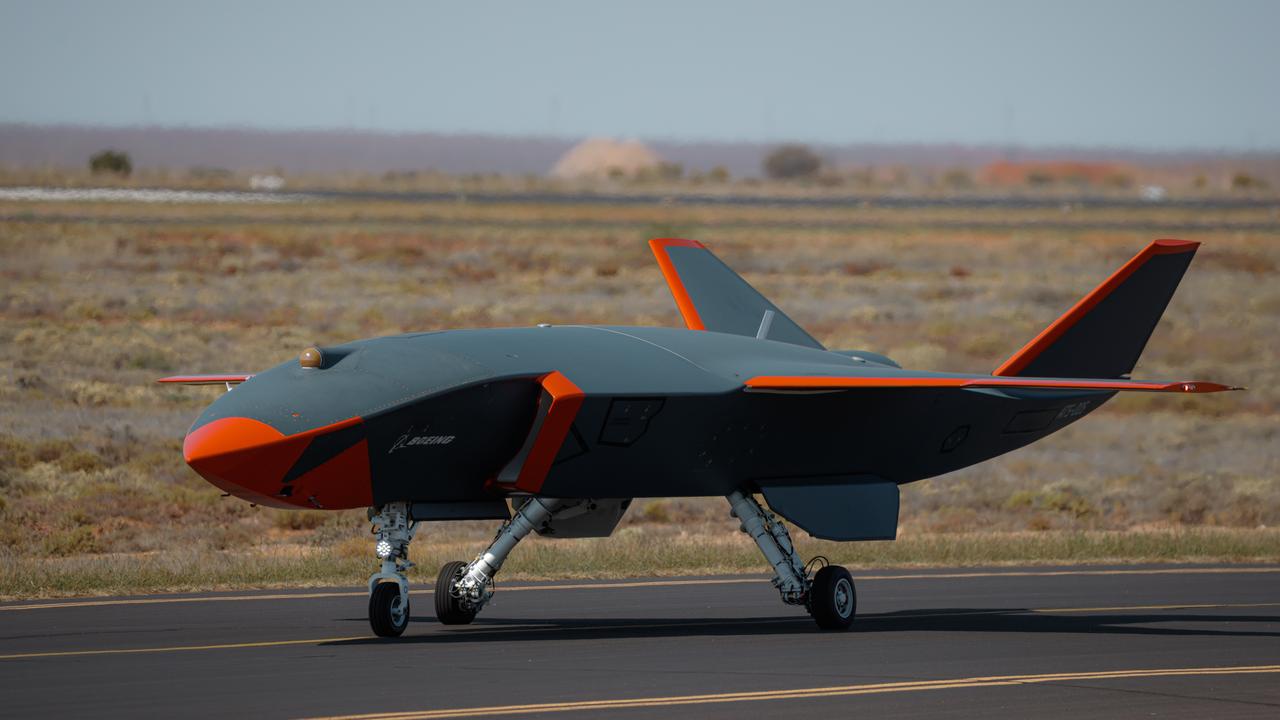Working together brings good results
Australia’s defence forces are enlisting research and innovation experts to boost the nation’s technology and capability amid growing global challenges.

Australia’s defence forces are enlisting research and innovation experts to boost the nation’s technology and capability amid growing global challenges.
One year on from the release of the decade-long capacity-building roadmap, the “More Together: Defence Science and Technology Strategy”, a national network of Defence-aligned research institutes is harnessing the expertise and focus of academics and businesses to tackle Australia’s most pressing strategic challenges.
Chief Defence Scientist Tanya Monro, the architect of the strategy, said the ADF was reliant on science and technology to keep the military at the forefront of innovation, to reduce and mitigate strategic and operational risks, and create and maintain a capability edge.
“Science, technology, innovation and industry capability is its own central arena of strategic competition,” she said.
“There is a race for global dominance in many critical and emerging technologies that promise military, economic and social advantages.”
The desired technological expertise spans scientific endeavours from psychology to space and satellites.
Research has been a priority for Australia’s Defence agencies since 1907. Innovations have spanned the aircraft Black Box recorder in 1953, building the 37,000sq km-range Jindalee Operational Radar Network to monitor air and sea movements from 1972, and creating SeaMark search and rescue water dye in 1990.
Now researchers across the country are working to overcome the world’s most diabolical problems, including how to sense and ward off biological agents; preventing, detecting and foiling cyberattacks; flight over Mach 5 speed; and employing ethical artificial intelligence to yield advance knowledge over their surroundings.
It is doing this through accelerated engagement with industry and academia to embed shared priorities and generate the necessary innovations. Seeking to build on Australia’s acknowledged research capability — and boost its lower rate of commercialisation and translation into practical outcomes — defence interests have outlined the key problems to solve.
These include increasing domestic capability in trusted autonomous systems, cyber capability, multidisciplinary materials, medical counter-measures, quantum technologies, space, advanced sensors and enhanced human performance.
And the investments, backed by the $1.2 billion Next Generation Technologies Fund, are yielding results nationally and internationally.
‘There is a race for global dominance in many critical and emerging technologies that promise military, economic and social advantages’
— Defence Chief Scientist Tanya Monro
Last year the US Office of Naval Research’s accelerator Global-X Challenge selected four projects from 385 applications to fund and develop rapidly. Two of these were Australian teams.
One was the collaborative effort from RMIT University, the University of Adelaide, the University of Melbourne, the University of South Australia and Defence to scale and test the creation of magnetic field sensing optical fibres to use for remote undersea surveillance.
Deputy Director of RMIT University’s Sir Lawrence Wackett Defence and Aerospace Centre, Professor Brant Gibson, said that monitoring the ocean for magnetic field signals was of great interest to both Australian and US defence forces.
“That situation is becoming extremely contested and greater situation awareness in that environment is becoming of greater interest to Defence,” he said.
Within two years, the researchers want to leap ahead with the development of the technology into scaled practical application.
“It’s beyond a theoretical model,” he said. “We’re fabricating samples and testing those in a laboratory environment. What we would like to be doing is going the next step and testing those in a more real-world scenario that is of relevance to Defence.”
Professor Gibson said the partnerships were beneficial for both researchers and Defence.
“There is a real appetite for collaborative, multidisciplinary approach to solve extremely challenging problems for Australia,” Professor Gibson said.
“There is quite a lot of important blue-sky work that happens in the university sector but for this type of focused work we need to have those conversations and understand what the problems are to solve.
“The more we can do collectively, the more we will have innovation and breakthroughs, within Defence and other industry and potentially the health sector. The only way we can do that is by working together.”
One of the key ways this is occurring is through the Australian Defence Science University Network (ADSUN), a group that now represents organisations from all states to liaises across Defence, research and businesses.
Victoria’s Defence Science Institute Associate Director Dr Claire Davis said ADSUN allowed both researchers and Defence to gain insights into each other’s priorities and work.
“ADSUN is really a great way for Defence to better understand the capabilities that are resting in the broader science and technology ecosystem,” she said.
“[It can] make sure that Defence is aware of that capacity and those capabilities are linked across to the right problems and the right people within Defence.”
This can yield surprising partnerships. Dr Davis cited the example of an academic in English language who was studying deceitful words and phrases being used to trick people online.
That body of work is now contributing to efforts to grow Australia’s online capacity through a Defence-linked grant.
“There is a much more co-ordinated, one-Defence approach to science, defence and innovation,” Dr Davis said. “Research is becoming much more strategic and co-ordinated.”
South Australia’s Defence Innovation Partnership Acting Director Sumen Rai said the groups gave the ADF input into the development of the local research community.
It was resulting in strong links, she said, citing work behind the miniaturised orbital electronic warfare sensor systems (MOESS) that aims to deliver a space-based instrument to boost situational awareness.
But other non-technological research was also of interest to Defence, she said, including psychology and trust, and interfaces between technology and its human operators.
“We send that message out to our broader research and development and industrial community that Defence is interested in the work they’re doing,” she said.
“The flip side of that is a lot of the work people are conducting as part of their Defence-relevant research and development can be applied back out into the community as well.”
Defence Science and Technology is evaluating tenders for a strategic partner for a satellite mission integrator to lead networks and ultimately, encourage Australia’s space industry development. It has also brought organisations together to explore command and control technologies from real-time battle simulation to data analytics, and will run another symposium in May to explore remote undersea surveillance.
Professor Monro said the role of Chief Defence Scientist was a blend of direct organisational leadership and broader influence, and good results depended on getting the balance right.
“It strikes me that we’re at an interesting juncture — one where it’s clear that emerging disruptive science and technology will dramatically change the Defence and National Security landscape in the not-too-distant future,” she said.
“For Australia to rise to the challenge we need to reshape how we develop and deliver defence capability, and this involves change at many levels — both how we work within DSTG and how we connect the dots in the Defence innovation ecosystem to prioritise, accelerate and rapidly mature new technologies and solutions.”



